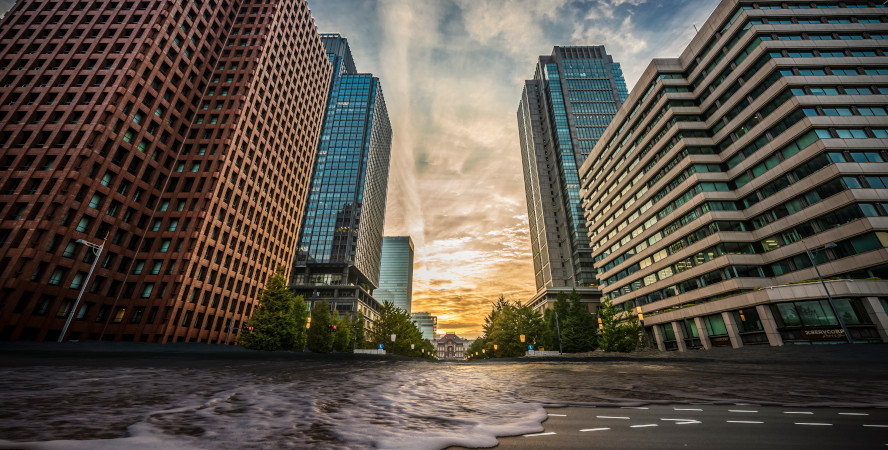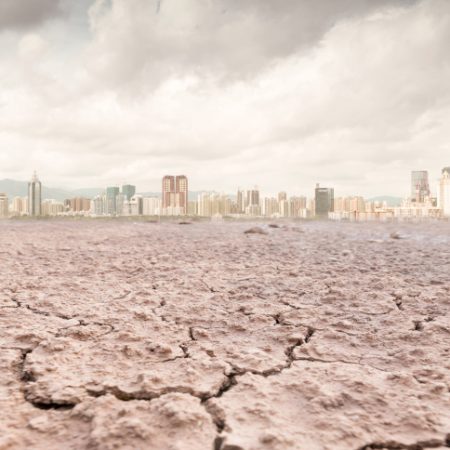The Savills Climate Resilient Cities Index is a call to action. It highlights what some of the most proactive cities are doing to make their real estate and infrastructure more resilient in the face of climate change, and explores what this means for the real estate industry.
The message here is that many cities are already taking positive, practical steps towards climate mitigation. In many cases, they are doing so in the face of a clear and present threat.
“Real estate investor awareness of climate issues has risen significantly in the last five years, and major institutional investors already factor in climate risk in their decision making,” explains Robert Godfrey, Director, Strategic Investment Advisory, Savills, explains. “This has implications for certain locations, but also the assets themselves – how well will they perform in extreme temperatures? Are they built to withstand future natural hazards?”
The key to future resilience will be to build upon these efforts to combat threats that are not yet so obvious.
We hope the index will be of use to investors, developers and occupiers of these cities: to be forewarned is to be forearmed. Due to quirks of geography, some cities are facing climate emergencies earlier than others. Everyone can learn from what they do.
Tokyo: an example of resilience
Tokyo faces a number of threats, most notably typhoons and earthquakes. But it is facing them head on. Its world-leading construction codes mean that 87% of the city’s buildings meet the most stringent anti-seismic criteria.
As a huge and densely populated coastal city, Tokyo is especially vulnerable to flooding. “Tokyo is forward-thinking in utilising underground reservoirs to drain excess water in the case of floods and typhoons,” says Tetsuya Kaneko, head of research and consultancy at Savills Japan.
Tokyo boasts the world’s largest underground storm drain, the Metropolitan Area Outer Underground Discharge Channel. Just over 20 years ago, it cost $2.1 billion to build, but is projected to save the city at least three times that amount in mitigated flood damage over a 50-year period.
New York gets serious
While Tokyo has a long history of natural disasters, New York’s wake-up call came from a single event. The devastation Hurricane Sandy brought in 2012, through flooding, extended power outages and loss of life and livelihoods, was a defining moment for resilience planning in New York City.
The concentration of a vast amount of capital, infrastructure and people means the city has the rare combination of urgency, motivation and resources to act.
The Brooklyn Bridge-Montgomery Coastal Resilience project, which will protect Lower Manhattan from both sea-level rises and storm surges, is due to start construction this year. The construction of a further $52 billion of flood protections will begin in 2030 if the funding is approved.
Tokyo and New York are acting retrospectively. They are reacting to threats that are already apparent. This is necessary, but is it enough? Part of the purpose of the Climate Resilient Cities Index is to help real estate investors, developers and occupiers of cities understand and prepare for climate impacts to come.
Berlin plans ahead
As an inland city without a history of extreme climate-related events, Berlin is luckier than many. At the moment, the city faces challenges rather than specific emergencies. Nevertheless, there is significant support for climate-mitigation action among its population.
“Longer periods of drought, as well as more frequent and more severe storms and heavy rain events, already pose challenges for the city,” explains Matti Schenk, associate director, Research, for Savills Germany. “Berlin’s state government is trying to address these issues through urban planning instruments and guidelines, such as more green roofs.”
It is also investigating “sponge city” concepts. “The Urban Tech Republic at the former Tegel Airport is being designed as a sponge city,” says Schenk. “This will provide impetus for further projects.”
Schenk continues that some climate-adaptation schemes have been delayed, but Berlin is at least being proactive. The city is at the top of our Climate Resilient Cities index, partly because of its acceptance of the need to act early. A global transition from reactive to proactive climate mitigation will be crucial as impacts increase.



